Whether you live in rural areas, the suburbs, or a bustling city, living off the land might be something you’re interested in. That’s where homesteading comes in. Depending on where you live, building a homestead can be quite feasible or somewhat of a challenge. All journeys, however, start with a single step. One important factor to account for is location, with some states being more suitable than others. But first, it helps to get familiar with what starting a homestead really is and where it all began. Having said that, the next step is to define homestead.
What Is Homesteading?
Generally speaking, the term homesteading refers to a lifestyle that centers itself around self-sufficiency. This definition of homestead may have served as an umbrella term when the whole concept of it emerged in the 17th century. With the progress of civilization, however, it has evolved into something more refined and characterized.
The homesteading meaning nowadays varies along a spectrum from one individual to another. In other words, there is no defined way of building a homestead. Many homesteaders may aim to be completely self-sufficient which involves making use of their own land, bartering homemade goods, building their own houses (ideally with sustainable materials), and producing their own necessities such as food, clothes, and power. Others, however, will prefer a more conservative approach.
Many homeowners may consider themselves to be homesteaders just by adopting a few aspects of the lifestyle such as growing herbs and vegetables on their balconies or window sills — or maybe an indoor garden. Factors such as economics, location, and convenience may prompt them to take such measures. This can be subcategorized as urban and suburban homesteading and includes homeowners who reside in the city or the suburbs. These homeowners can be considered homesteaders since they technically meet the criteria — within the limits of their environment.
Now that the homesteading definition is clear, another question comes to mind: what is a homesteader? As implied above, a homesteader is essentially someone who strives to adopt a self-sufficient way of life — and supposedly owns a homestead or a home that functions as such.
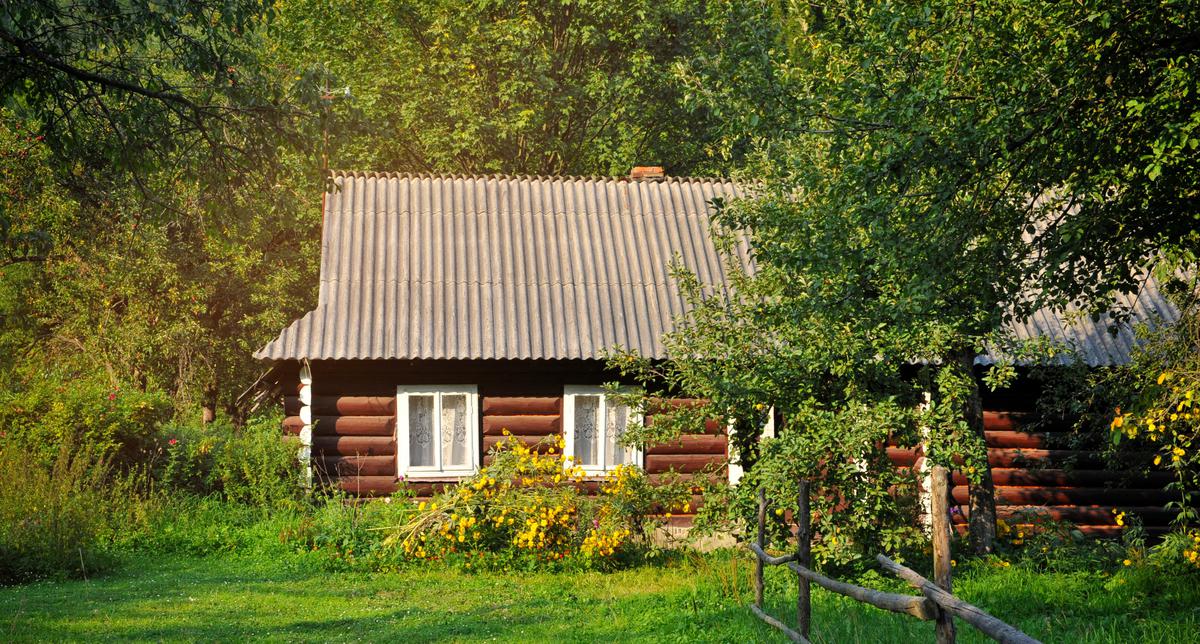
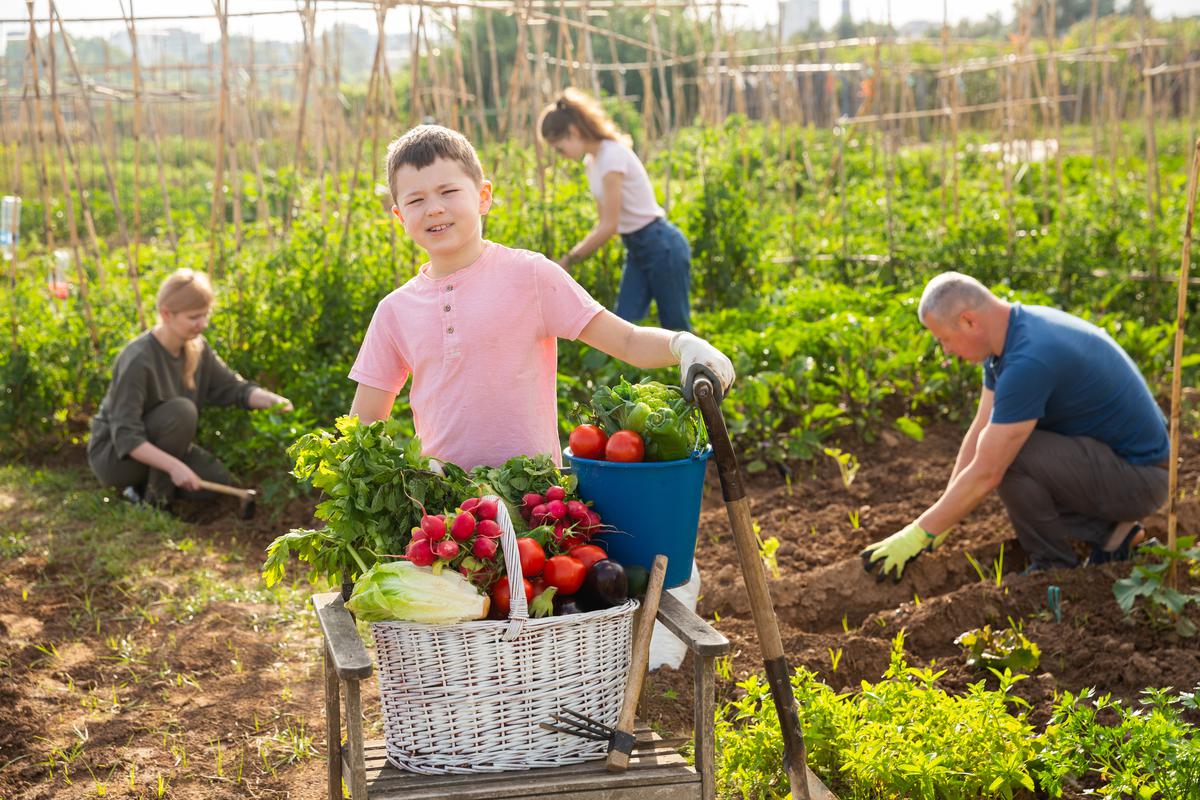
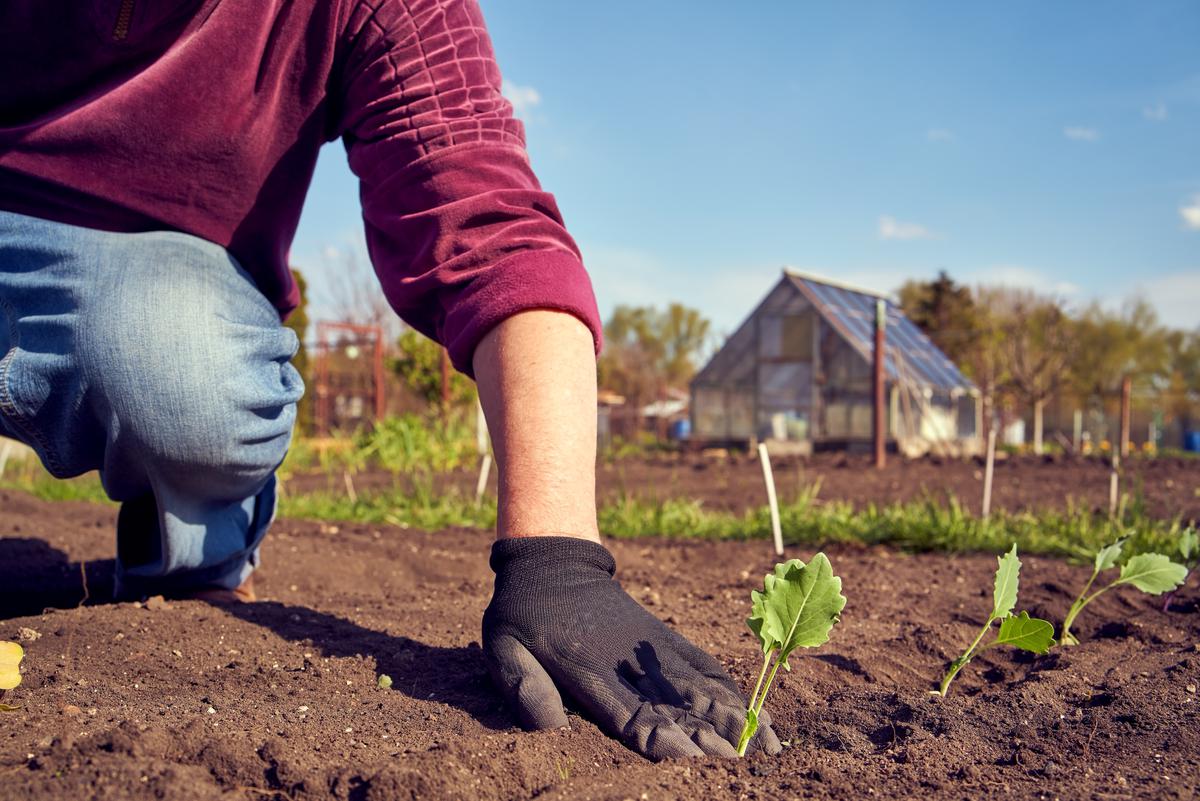
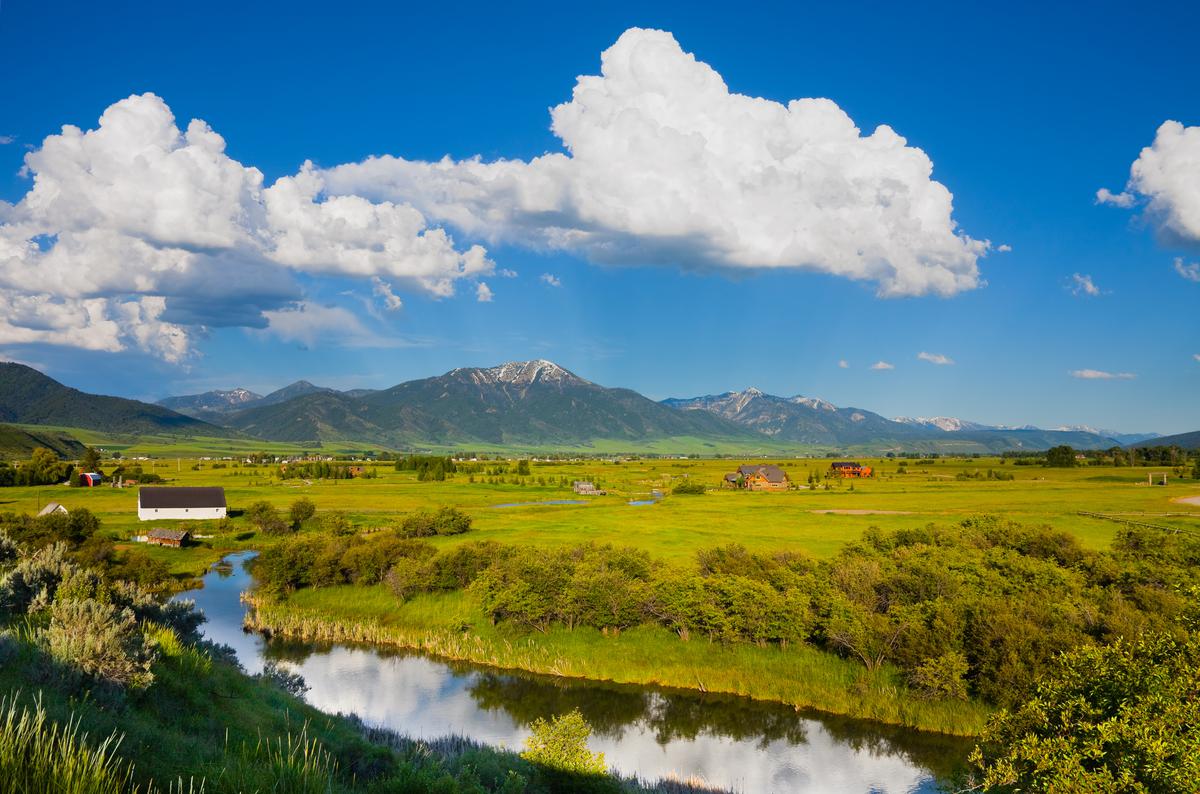
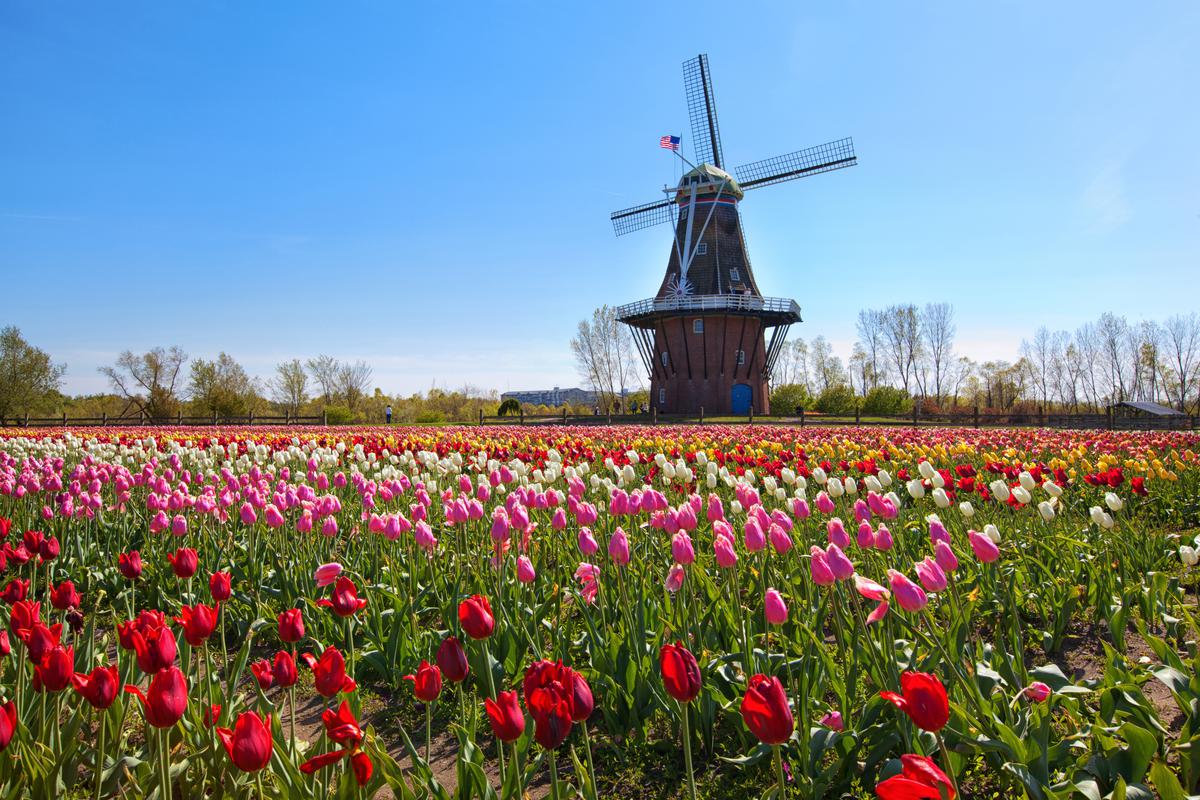
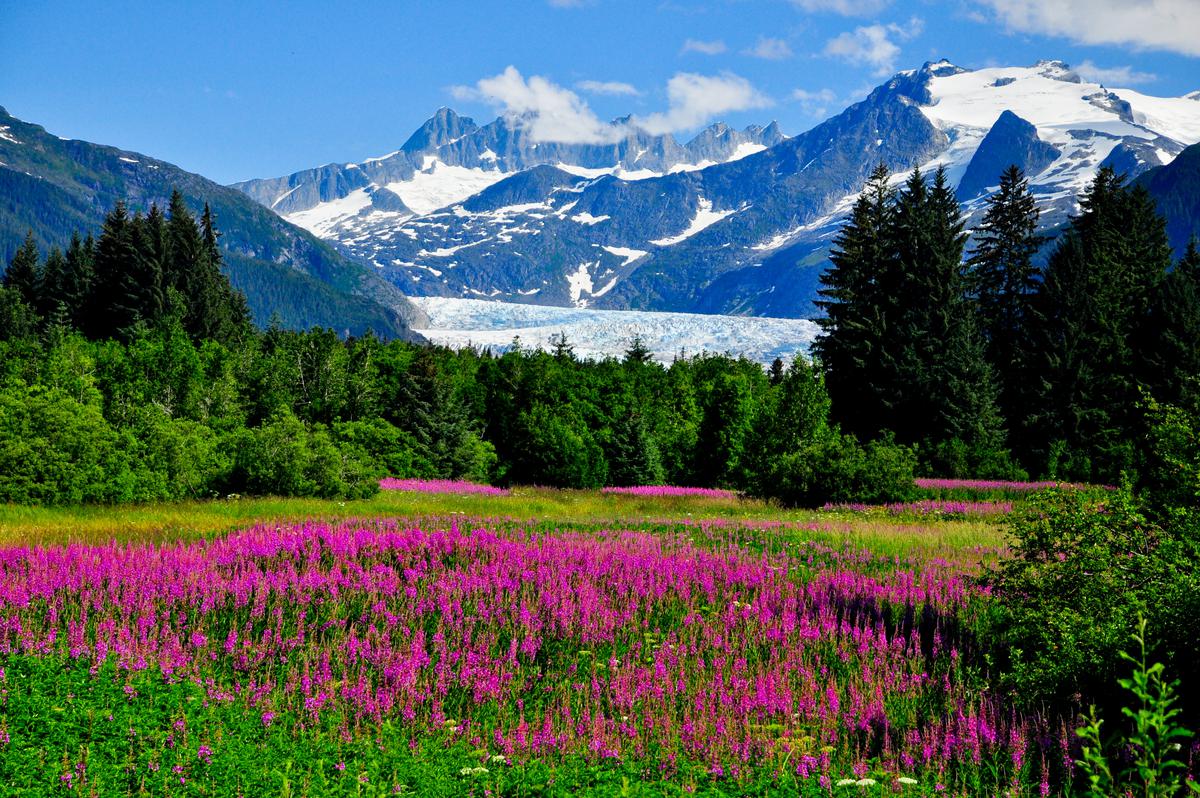
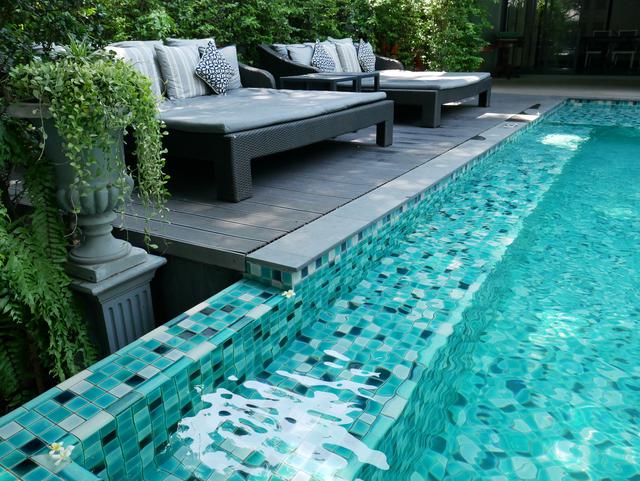
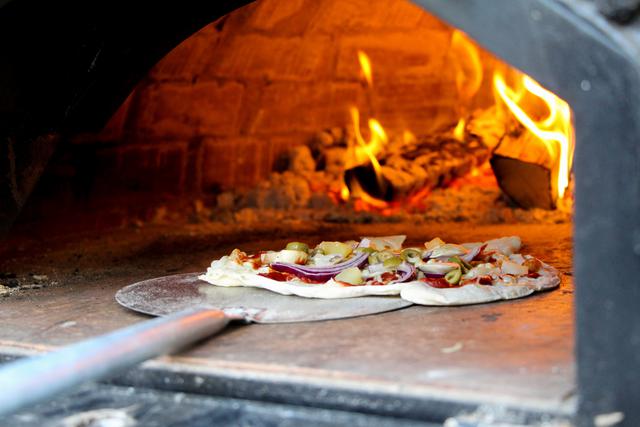
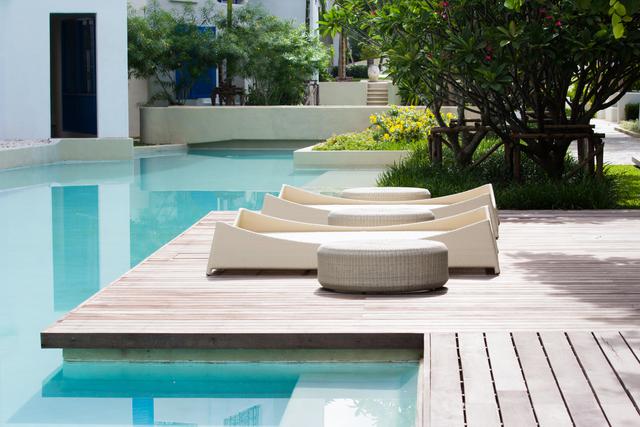
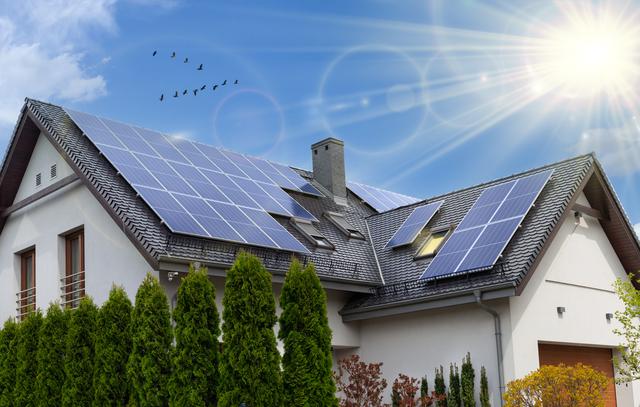
comments